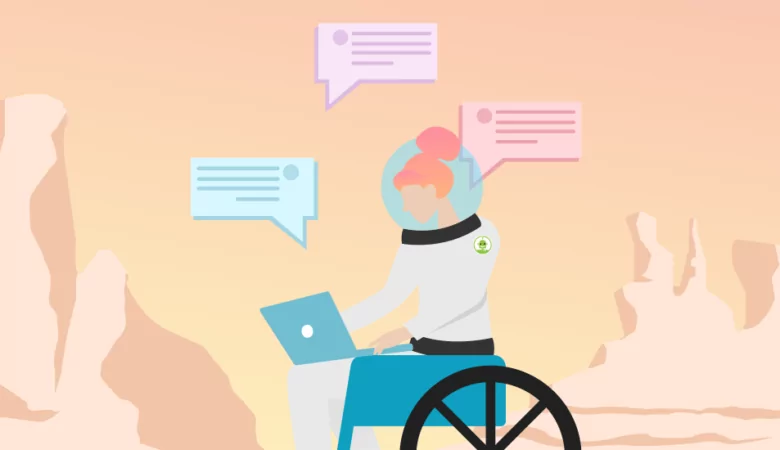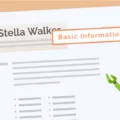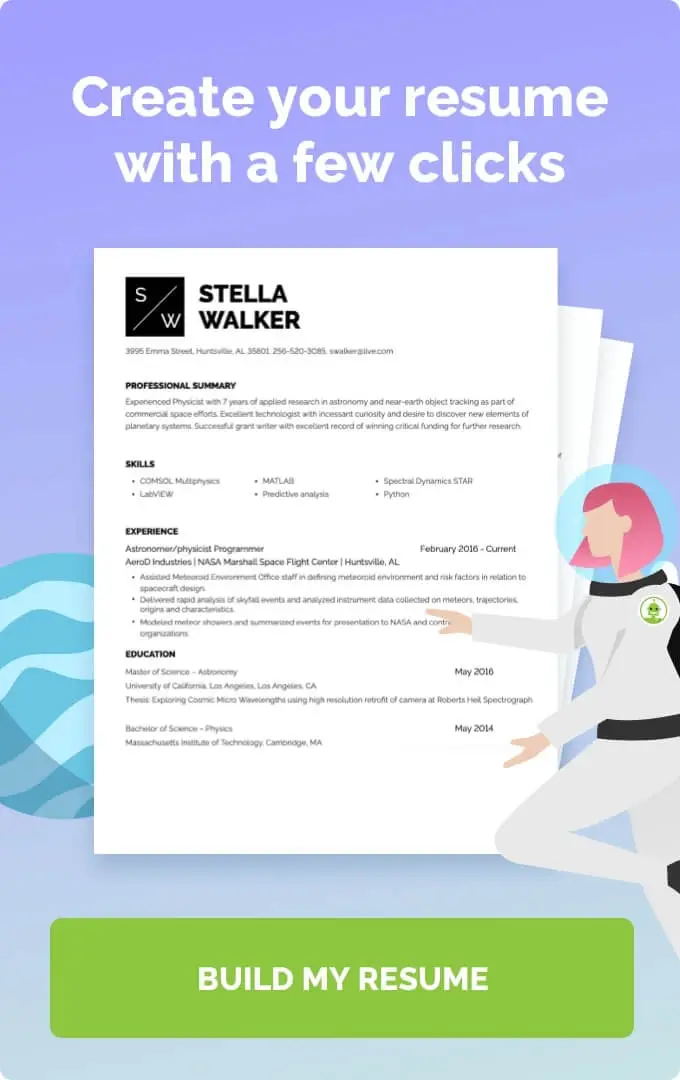Behavioral interview questions can give insight into what kind of a person you are. How can you make sure your behavioral interview answers show your character?

How To Answer Behavioral Interview Questions
Behavioral Interview Questions
When you go in for a job interview, there are a wide variety of questions you might have to come up with an answer for. Of those different interview question types, behavioral interview questions are one of the biggest. If you’re trying to answer behavioral or situational interview questions in a way that makes a recruiter think about how you would be a great addition to their team, here’s what you need to know.

What Are Behavioral Interview Questions?
Behavioral interview questions show that you know how to handle a wide variety of situations. In any job, you’re going to run into challenging situations, and it’s up to you to learn how to manage those situations effectively. Behavioral interview questions try to get to the heart of your past experiences, asking how you have dealt with difficult situations. For example, a behavioral interview question might be, “What is an example of a time when you had to make a difficult decision that your team might not have agreed with?” It delves into your past behavior, typically looking at how you carried yourself at a previous job. These questions can help a hiring manager see how you would act in a similar situation.
What Skills Should You Showcase in Behavioral Interview Questions?
There are many soft skills that behavioral interview questions and answers can help you showcase. Here are a few skills you should be looking to show off through these types of questions:
- Teamwork
- Problem-solving skills
- Adaptability
- Prioritization skills
- Time management
- Communication skills
- Decision-making skills
- Ability to work with tight deadlines
- Project management
When you’re thinking about your interview answers, come up with specific examples that show off these skills. Look at the job description and your work experience for information regarding the specific skills that you should be highlighting.
Tips for Answering Behavioral Interview Questions
Behavioral interview questions will typically ask you how you have behaved in a certain work environment. You want to go through your thought process and take an interviewer step by step through the path you used to solve the problem.
The STAR method is by far the best way to answer behavioral interview questions, and it’s an effective way to approach this interview technique as a whole. STAR stands for Situation,Task, Action and Result. With this method of answering job interview questions, you find a specific example that indicates what the interviewer is asking about, and then you go through the STAR outline. Here’s a sample answer to one of the most common behavioral interview questions, “When was a time when you were in a stressful situation and had to get your work done?”
At my last job, I once had a 50,000-word project due in just one week. We had to outline, write, edit, send for revisions, and publish everything in a single week, which is about one-third of the amount of time this would usually take. I took the lead on the project, assigning team members to individual elements of the project so that everyone was expecting something from someone else almost around the clock. We also all joined a singular Trello board and were regularly in touch using Slack and even text messages so that we were able to work harmoniously. We delivered the project on time and were able to take a short break to recuperate before our next job.
This is a good answer because it perfectly goes through the STAR interview method. It addresses the situation: the company had a 50,000-word project due in a week. It addresses the task, which is essentially breaking down the situation into individual pieces: The group had to outline, write, edit, send for revisions, and publish a number of documents in one week. It addresses the action, which was the applicant setting up a system so every person could work on their own element of the project, then pass their completed project to the next person while receiving a new element from another team member. It also addresses the result, which is that the job was completed and the team took a short break.
Using the STAR method effectively is a big part of finishing your job search. Learn to use this structure with every job interview answer.
FAQ: Behavioral Interview Questions
Here are a few things to avoid when you’re answering these types of questions:
- The answer, “I’ve never had that situation come up.” If you’ve never been in this situation, it’s fine to admit it, but go beyond that and describe what you would do to handle it if it did.
- Consistent answers where your result was failure. Although it’s fine to describe situations where the result wasn’t what you expected, regularly discussing failures may leave an interviewer wondering why you have that many failures.
- Answers that throw previous coworkers under the bus. Try not to pin blame on other people when answering these questions.
- Answers that don’t take responsibility for your work. Discuss what you did specifically, not what a group did.
- Vague answers. You want to be as specific as possible when answering these behavioral interview questions.
If you stay away from these types of answers, you’ll be more prepared for behavioral interview questions when they arise.
No. Although this may seem like an effective way to have an answer prepared for every situation, it can come off as very stiff and formal when you start using it. Instead of memorizing answers, just learn how to use the STAR method.
A great way to rehearse answers for a behavioral interview is to learn how the STAR method works and ask friends or coworkers to ask a few of them. That way, you can get some practice in answering them on the fly.







